Pretty much every guitarist over the age of 15 knows that Nazareth, Pennsylvania is the home of C.F. Martin Guitars. Today, Martin’s mammoth factory is a jaw-dropping mix of the Old and New World technology. CNCs, state-of-the-art computers and air filtration systems exist side-by-side with luthiers, file in hand, making sure all the finishing touches on new Martins are up to snuff. Every day, there’s also a healthy stock of vintage instruments, warranty repairs and custom work within the facility.
If you have yet to make the trek to the factory to witness where all these great acoustics come from, here’s a quick sneak peek. If you ever find yourself in the area and want to visit the Martin factory yourself, visit their site here for tour information.
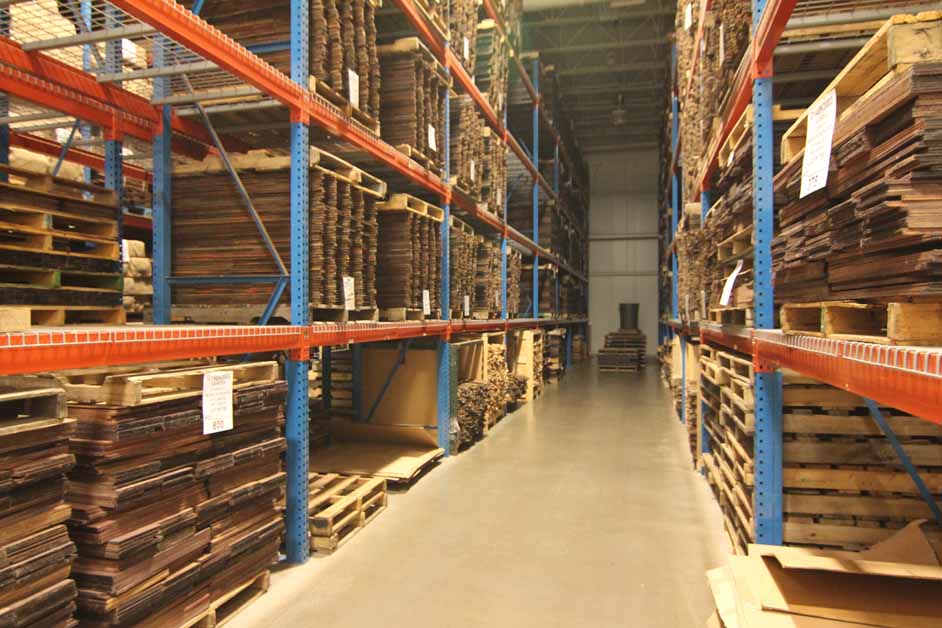
Martin has devoted an entire, massive wing of their factory to wood storage and cutting.
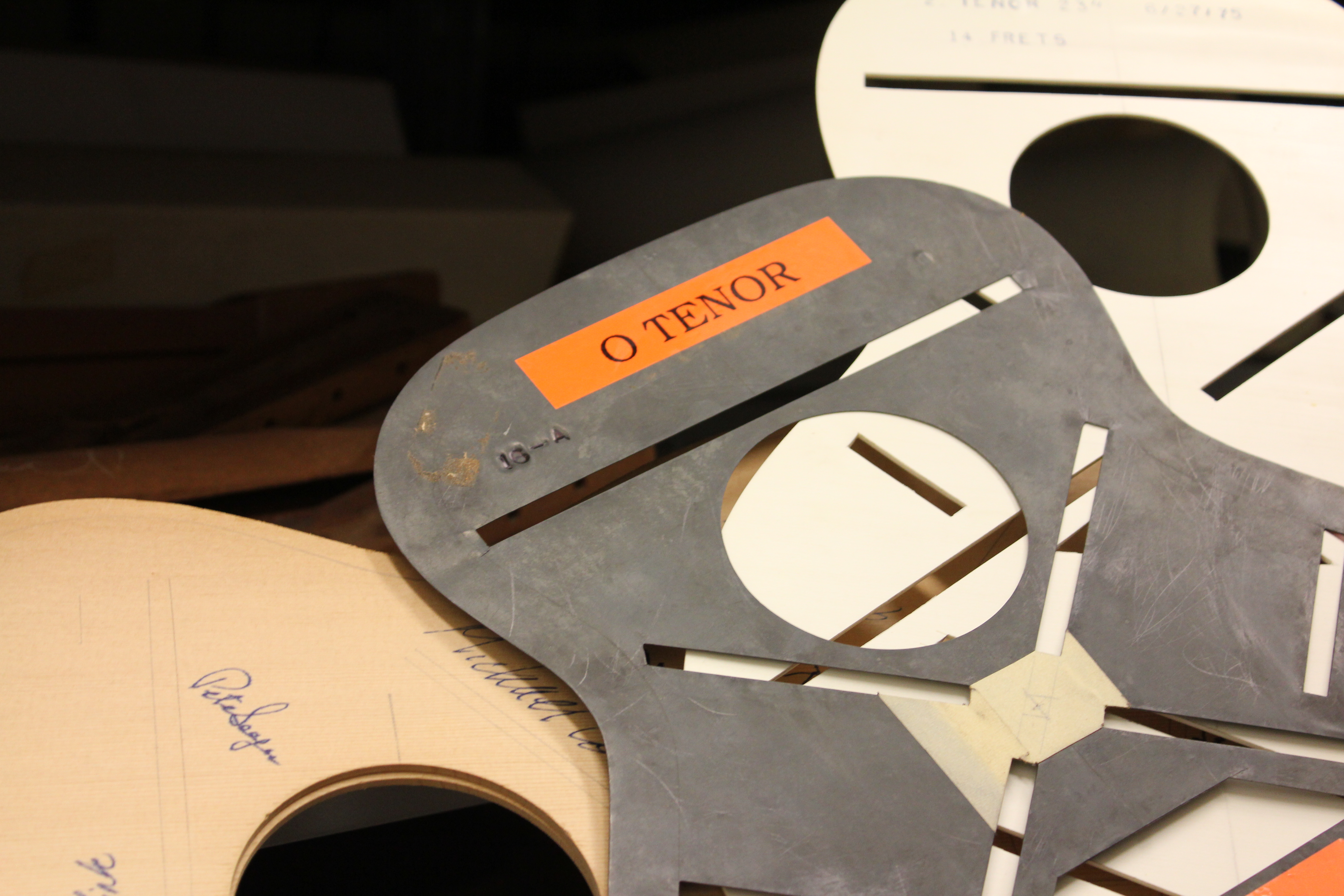
Found in the Martin archives: a bracing pattern for O-style tenor guitars. Also, a top signed by Pete Seeger.
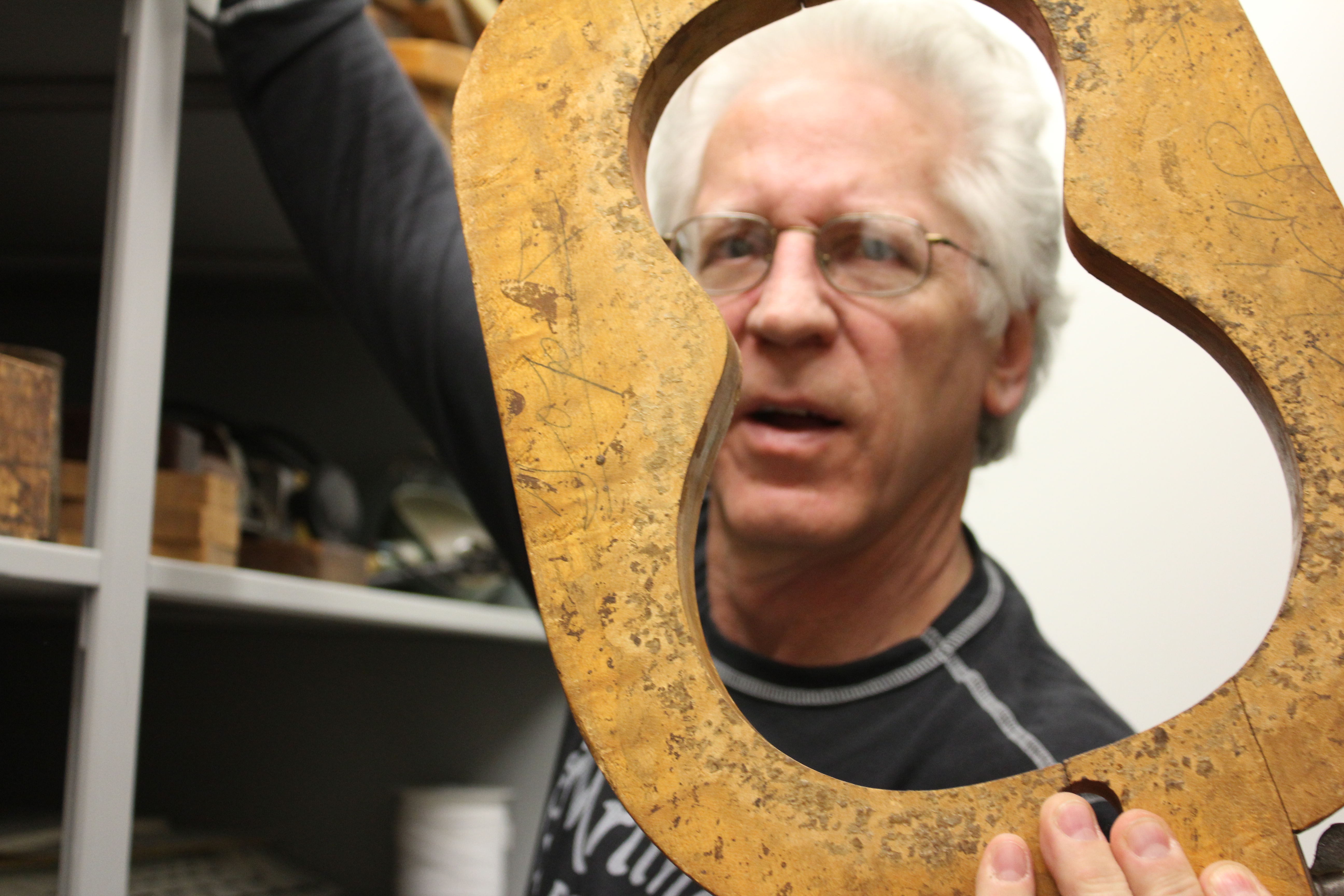
Longtime Martin employee Dick Boak holds up an old ukulele form.
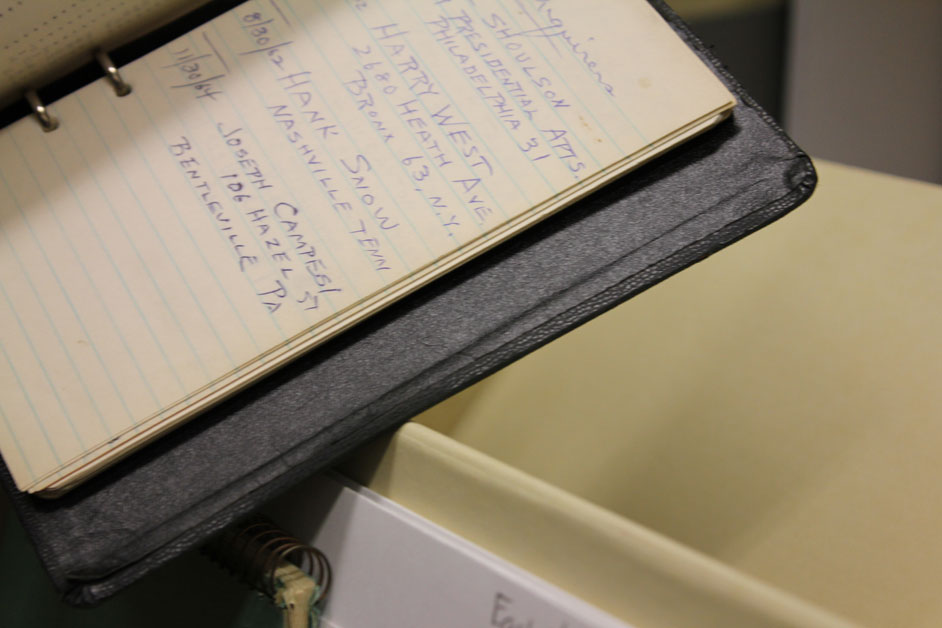
In this ledger, Boak flipped to a page and spotted a 1962 customer service inquiry from country music great Hank Snow. Martin historians such as Richard Johnston (Gryphon Stringed Instruments) and John Woodland continue to unearth new Martin historical findings every year..
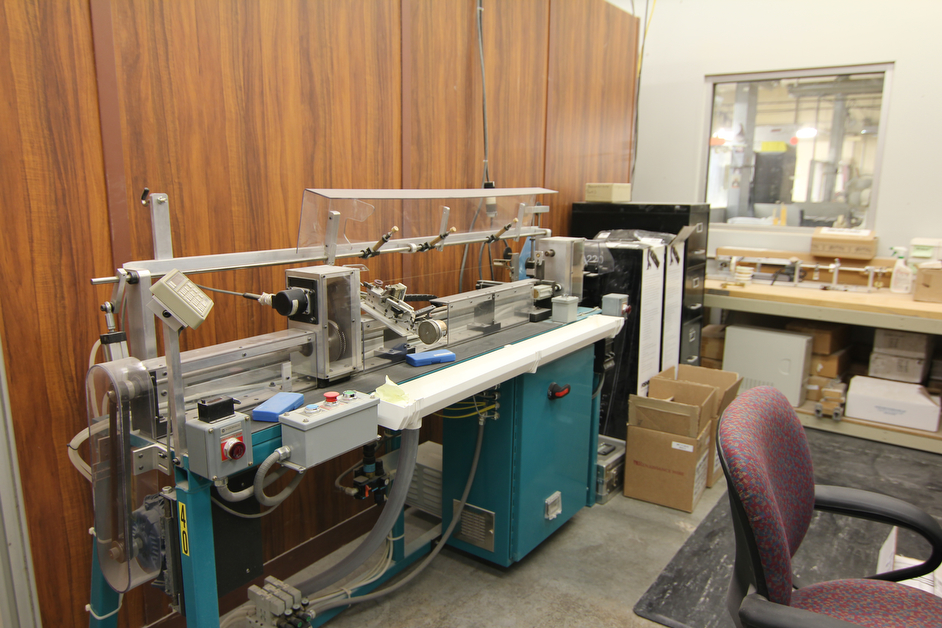
Martin doesn’t produce their strings at the Nazareth facility but they test and prototype them here. Here is a guitar string machine.
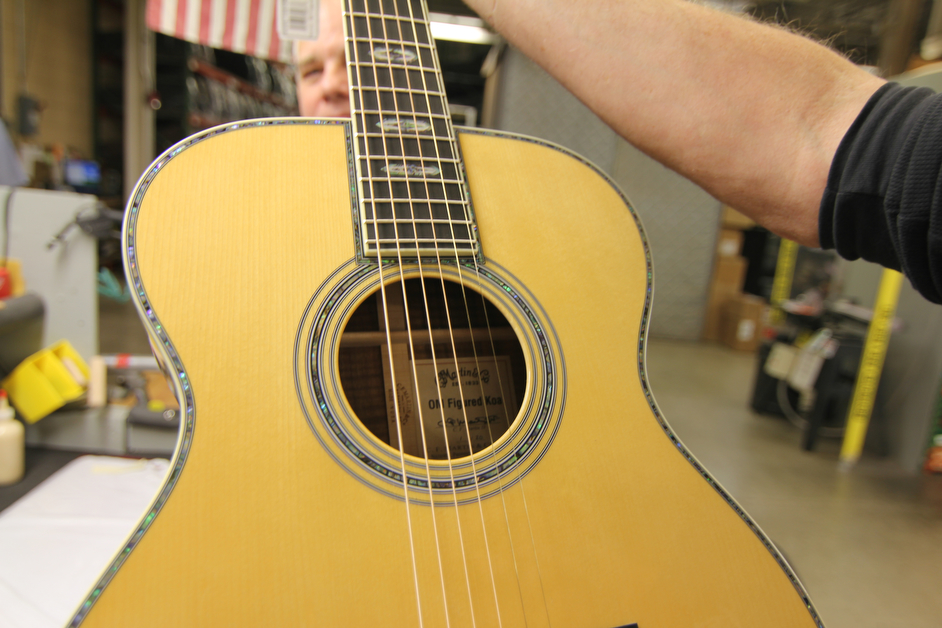
A finished product. A limited-edition Martin OM Figured Koa fresh off the final inspection workbench.
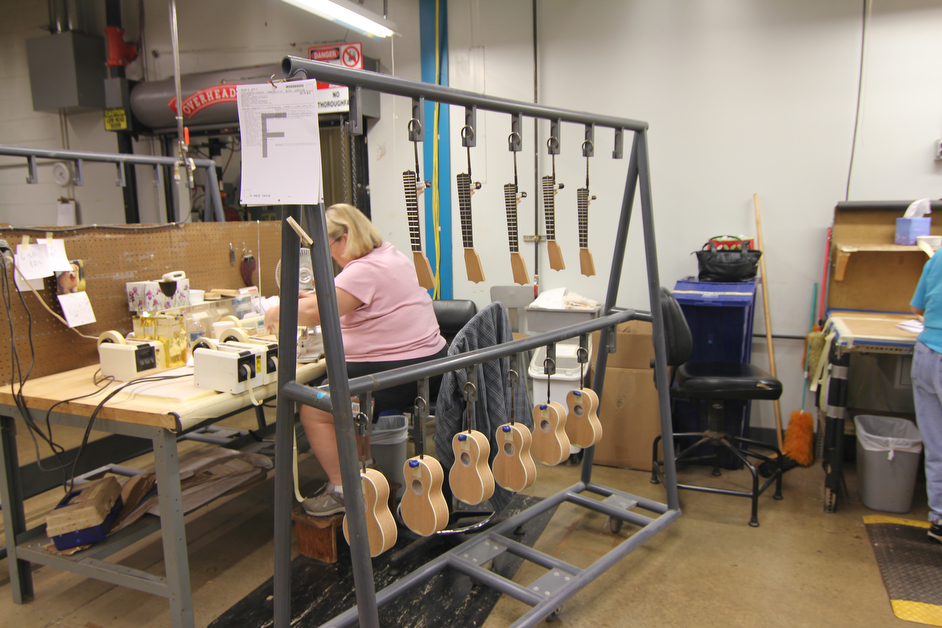
Martin is not just building guitars anymore. They’ve brought back several models of USA-built ukuleles. Here are some awaiting assembly.
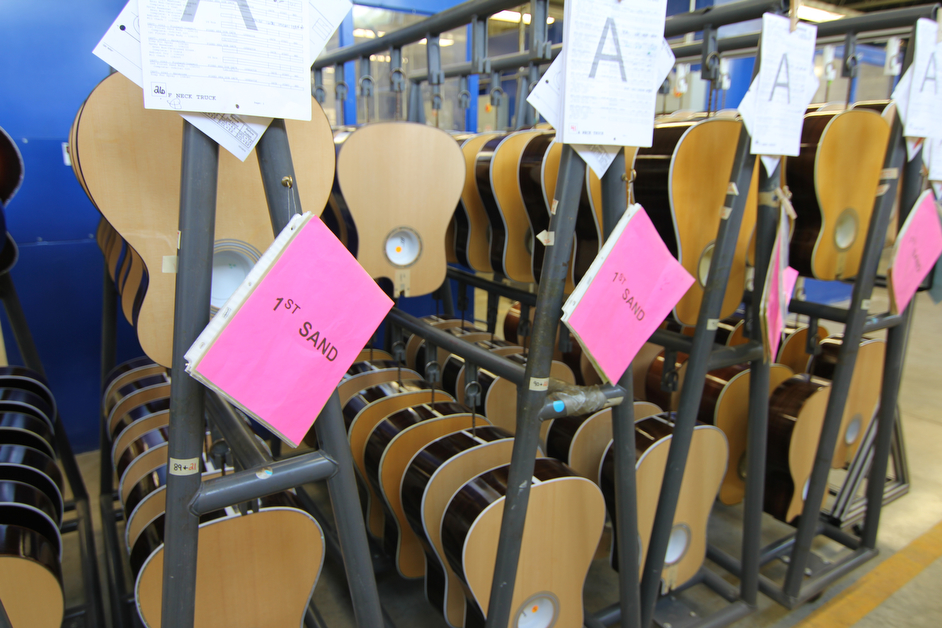
Guitar bodies have received their varnish and their first sanding.
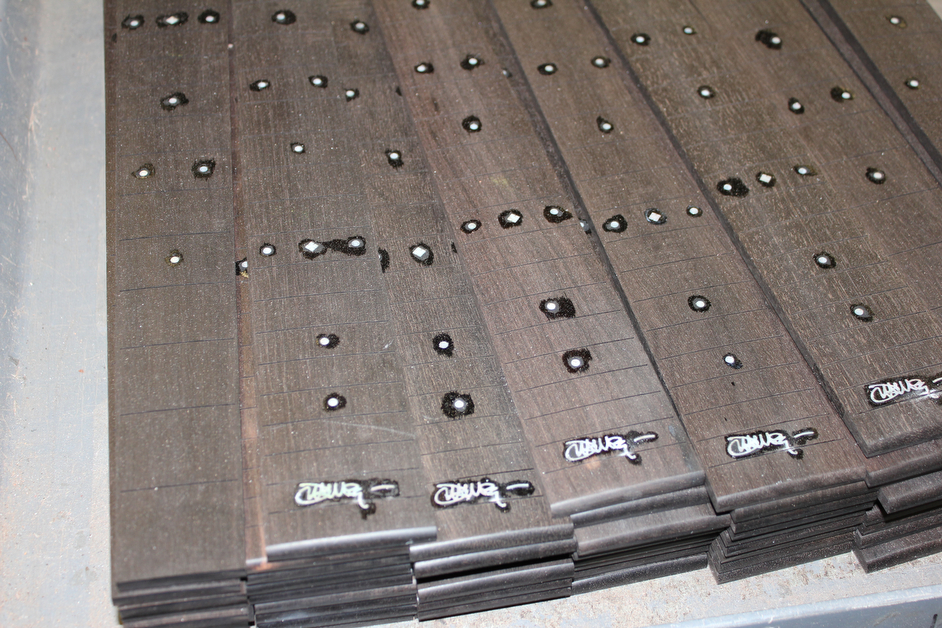
John Mayer signature edition fingerboards. The glue marks will be sanded down and removed before this guitar sees a customer.
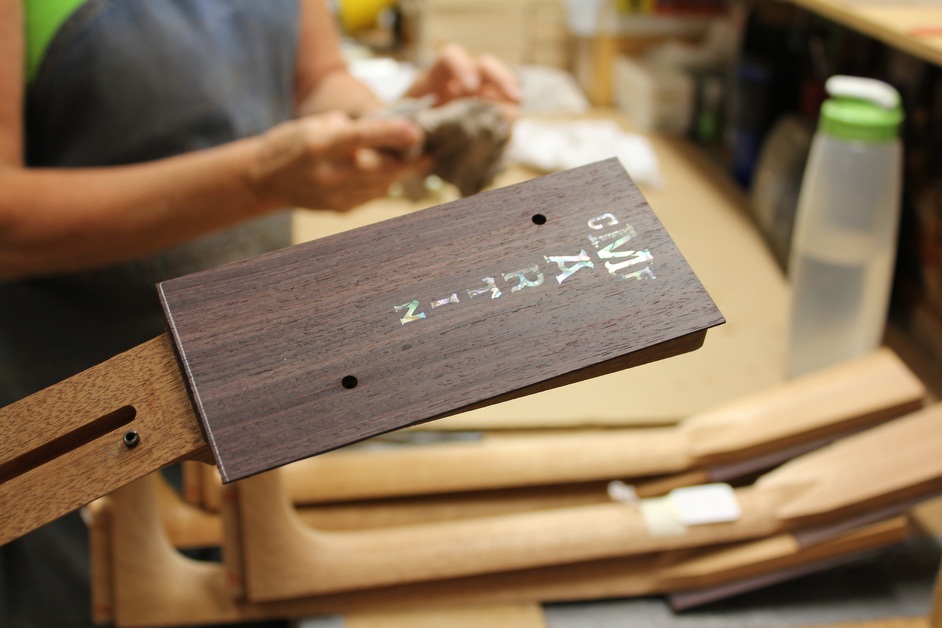
A headstock overlay gets the famous Martin logo before it is drilled for tuners.
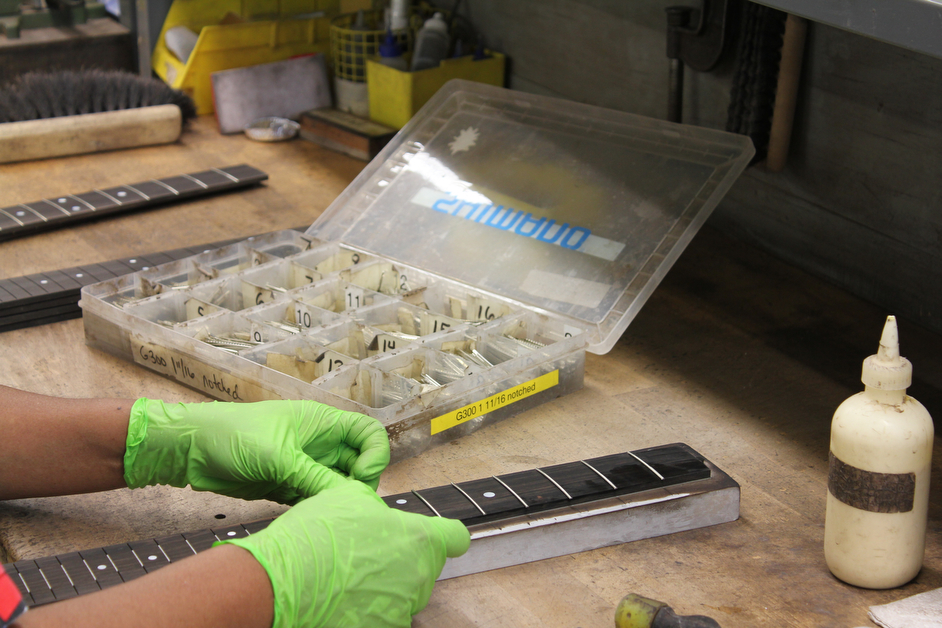
A worker carefully applies frets to the fingerboard of a guitar.
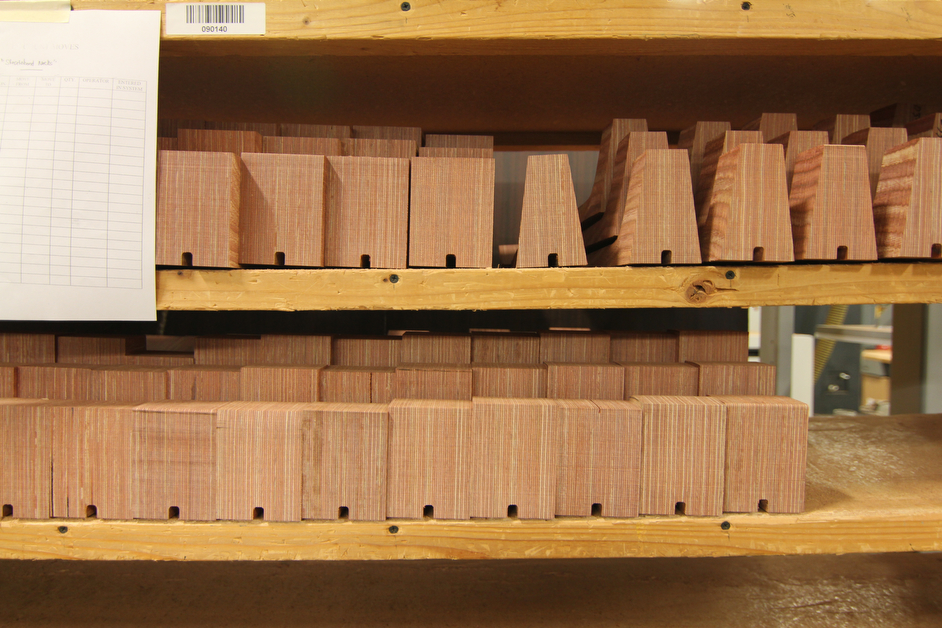
Machines do a rough cut on the necks. They’ll eventually be profiled to specific neck shapes.
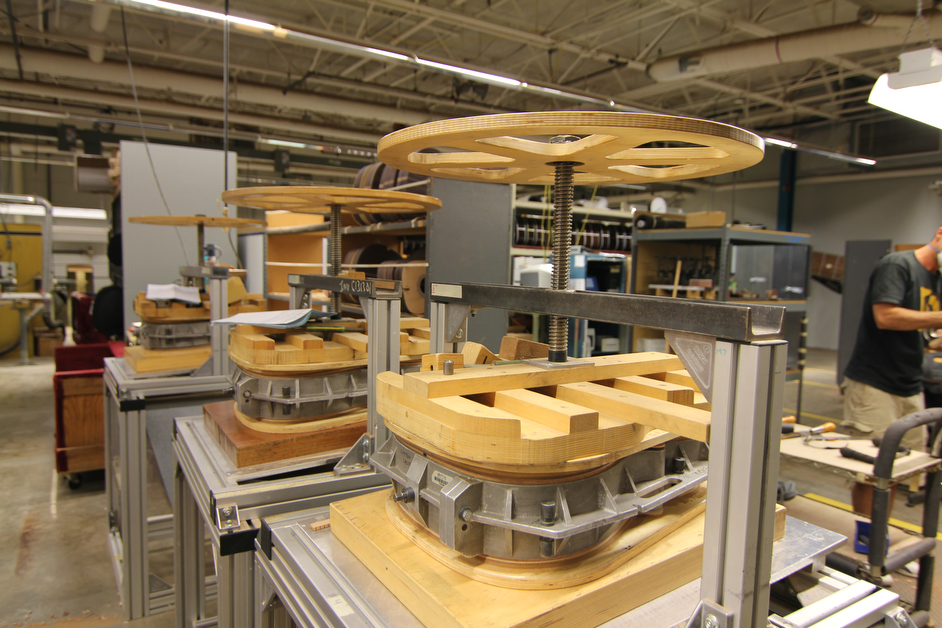
The guitar body is starting to take shape when it reaches this press. The back and sides have been glued to the top and back.
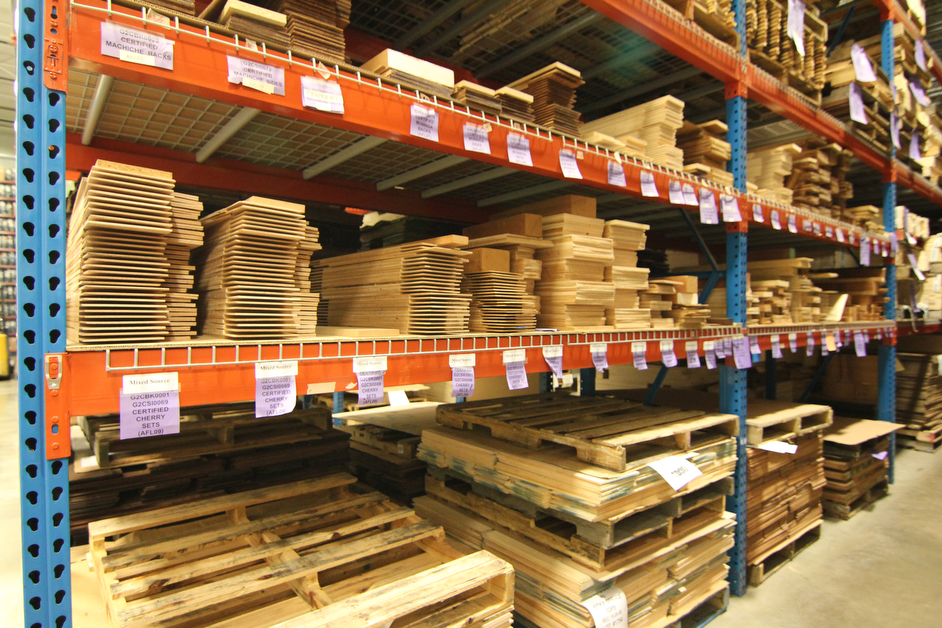
More climate-controlled wood storage. There’s a ton of it!
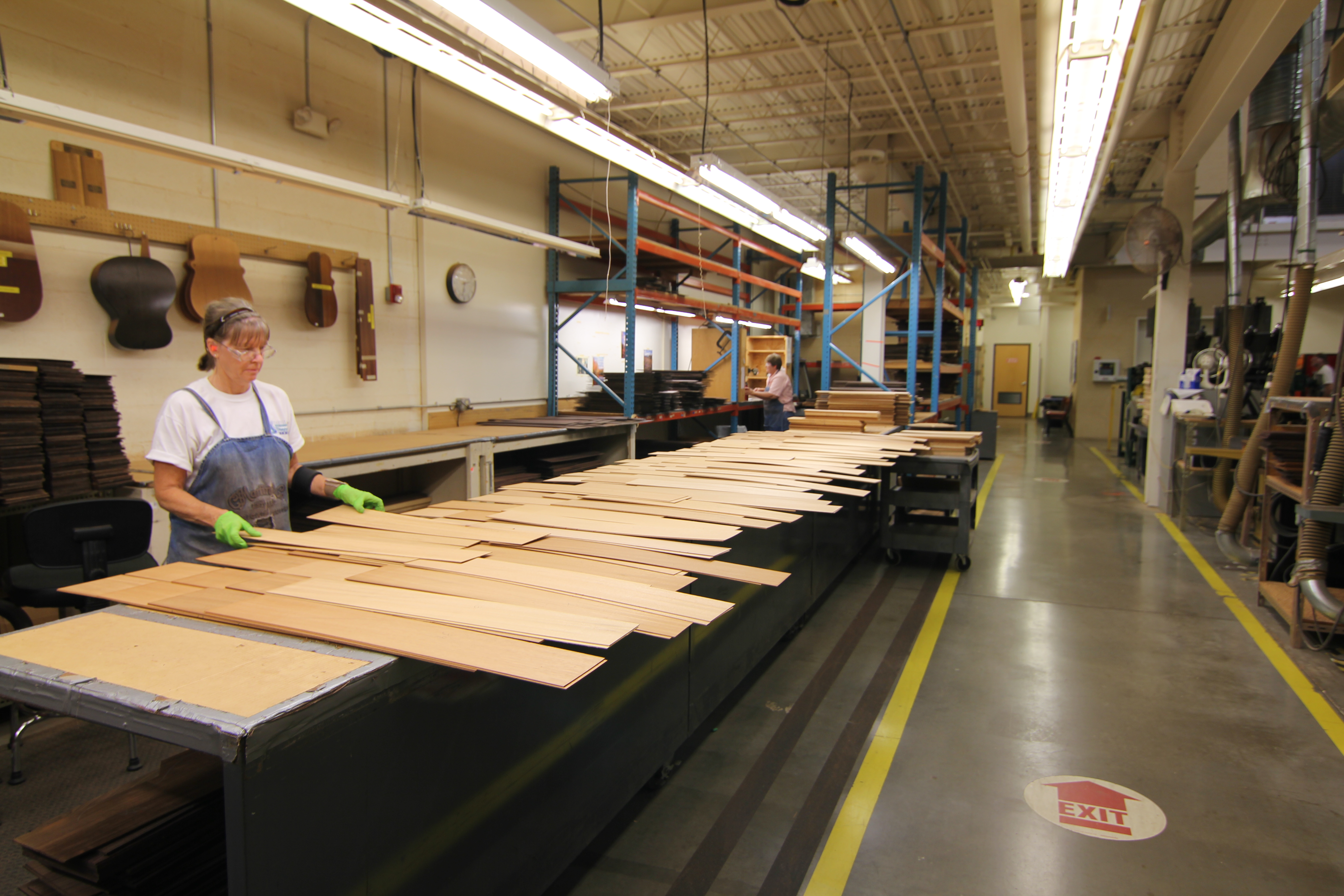
Guitar tops are typically two matching pieces of wood glued together. Here, an employee inspects each top for any defects.
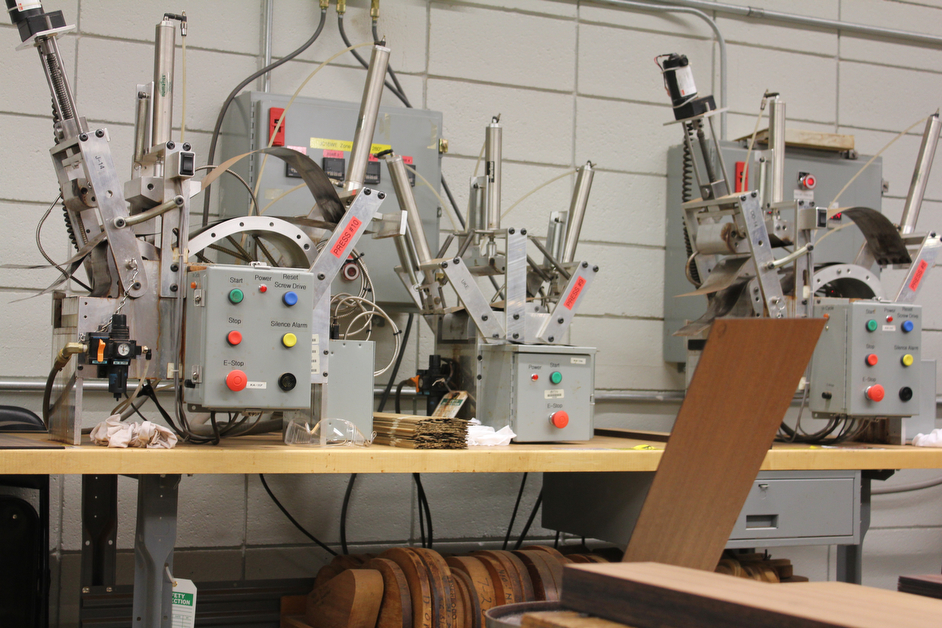
Martin has state-of-the-art side benders to make sure wood is bent uniformly on each guitar.
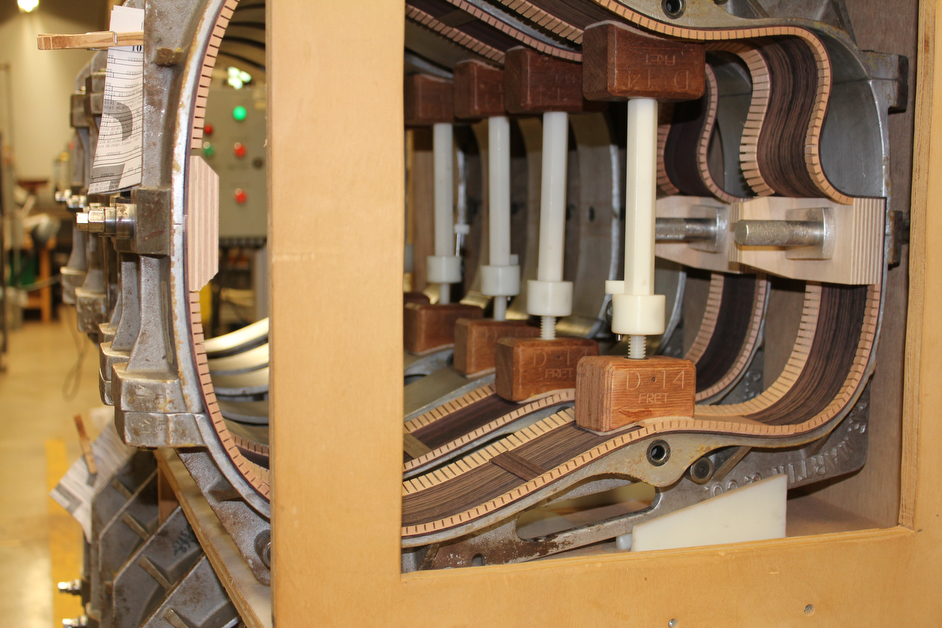
The bent guitar sides are joined into a form.
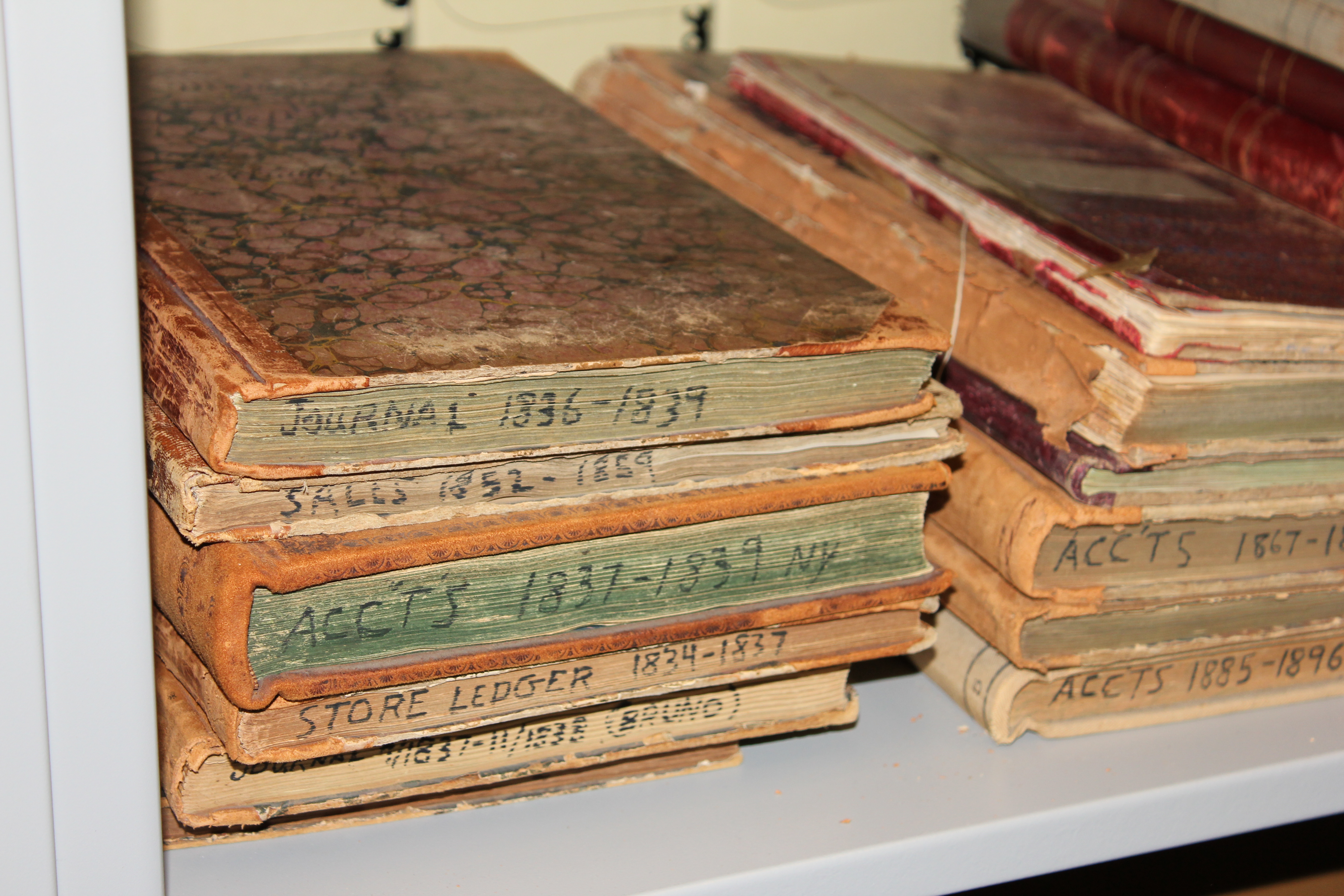
Martin has a storage vault where they preserve much of their company’s priceless archives. Here are sales and shipping records dating back to the 1830s.
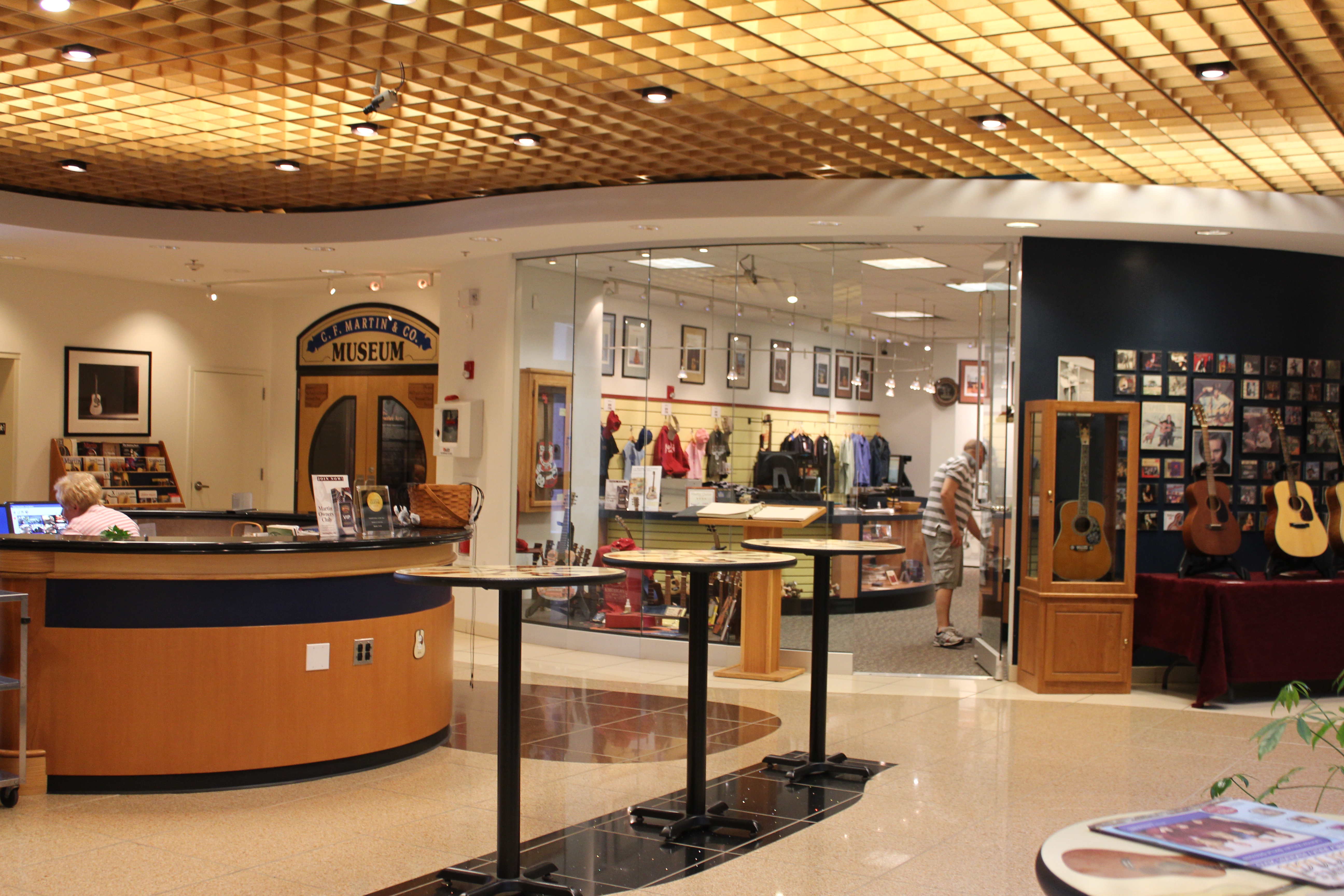
Martin fans come from all around the world to get a factory tour. There is also a growing museum of Martin guitars memorabilia and rarities and a gift shop.


